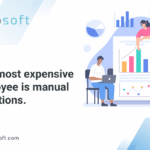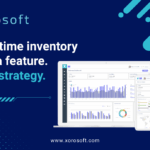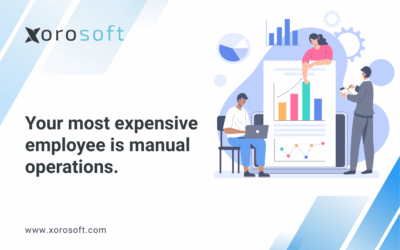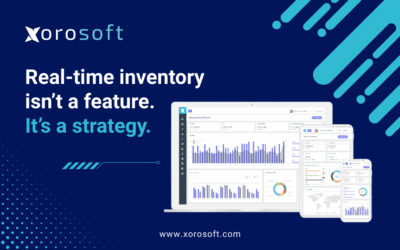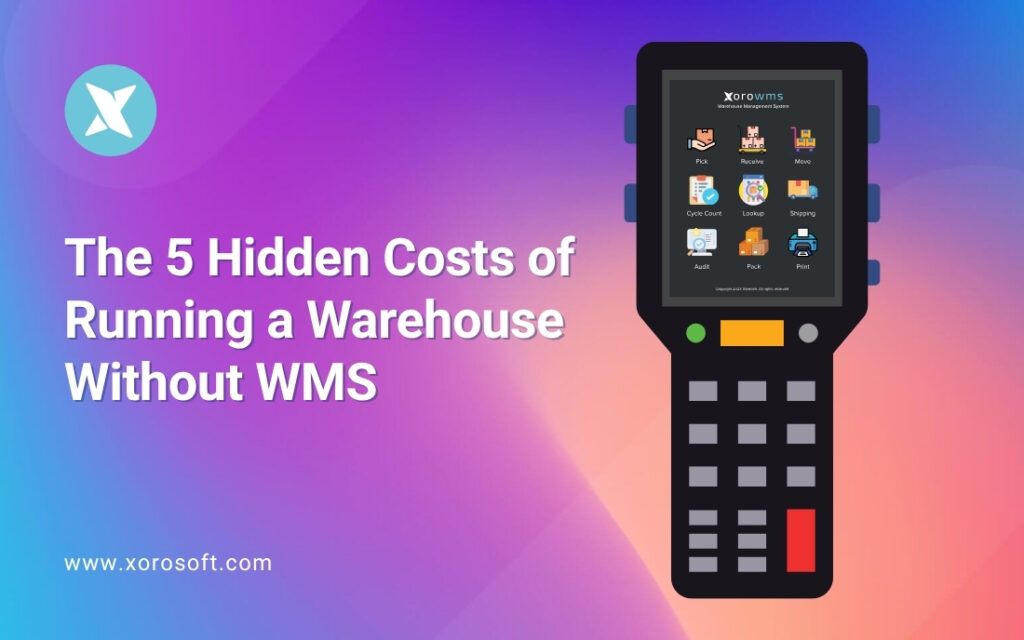
Why running a warehouse without WMS is silently draining your business
Running a warehouse without WMS might seem manageable when order volumes are low. However, as your business grows, what once worked starts breaking down—quietly. From late shipments and frustrated staff to inaccurate inventory and shrinking margins, the warning signs are there.
Therefore, you’re likely absorbing more hidden costs than you realize—and they’re hurting your bottom line every single day.
In this context, let’s explore where the waste is hiding. After all, the right insight can lead to smarter decisions.
The Operational Drain of Managing a Warehouse Without WMS
Running your warehouse on spreadsheets or disconnected software might seem cost-effective. Yet, those tools quickly become liabilities as your business scales.
For example, here’s what a typical day looks like:
- A picker grabs the wrong SKU because bin locations are outdated.
- Your inventory says “in stock”—but it’s gone.
- Finance can’t reconcile inventory value for the monthly close.
- You issue refunds for oversold items across Shopify or Amazon.
At first glance, these might look like isolated incidents. In reality, they are symptoms of a deeper issue: relying on outdated tools in a warehouse without WMS capabilities.
In addition, these errors tend to multiply as order volumes increase.
As such, it becomes harder to manage expectations and performance. In many situations, teams are left in reactive mode.
Why These Problems Keep Repeating Themselves in a Warehouse Without WMS
Disjointed systems lead to disjointed outcomes. More importantly, they leave your team in the dark.
Here’s why:
- Data isn’t updated in real-time.
- Your warehouse can’t scale across multiple locations or channels.
- Inventory is tracked manually—or not at all.
- There’s no standard workflow or automation to reduce errors.
Moreover, these issues hinder communication between departments. As a result, delays and confusion become part of the routine.
Consequently, the root cause of these recurring challenges is the same: a warehouse without WMS can’t keep up with the complexity of modern operations.
On top of that, the more manual the process, the more room there is for error. Because of this, operations begin to suffer.
5 Hidden Costs of Running a Warehouse Without WMS
Let’s dive into the biggest costs you’re likely absorbing—often without realizing it:
1. Rising Labor Costs in a Warehouse Without WMS
Without barcode scanning, automated pick paths, or real-time bin updates, your staff wastes hours searching, correcting, and double-checking.
In fact, warehouses without WMS often spend up to 30% more on labor due to inefficiencies.
This means your team of ten may only be operating at the output of seven.
Furthermore, training time increases as employees have no system guidance, and turnover rises from operational frustration.
Not only does this affect performance, but it also increases onboarding expenses.
Additionally, the team feels stretched without proper tools. Consequently, morale often declines.
2. Inventory Inaccuracy and Shrinkage Go Unnoticed
Manual methods almost always lead to inventory mismatches. You may:
- Oversell what you don’t have
- Reorder what’s already sitting on the shelf
- Miss signs of shrinkage or theft
Since a warehouse without WMS lacks live tracking, teams are left reconciling physical stock with outdated spreadsheets—often unsuccessfully.
As a result, errors compound and profit margins shrink.
In turn, customer satisfaction declines. What’s worse, shrinkage becomes almost impossible to investigate.
Moreover, it gets harder to track performance over time.
3. Delayed Shipments Damage Customer Trust
Late or inaccurate shipments aren’t just operational issues—they’re brand killers.
Customers today expect fast, flawless delivery. A single mistake might lead to a lost customer for life.
With WMS, you can automate:
- Picking and packing accuracy
- Shipping label generation
- Delivery tracking and updates
Without it, delays become the norm. And in competitive markets, that’s a reputation you can’t afford.
Consequently, investing in a proper WMS becomes a necessity, not a luxury.
Moreover, businesses that ship on time consistently build trust faster. In turn, they retain more customers.
4. Lost Sales Due to Channel Disconnects
Multi-channel selling requires tight inventory synchronization. However, warehouses without WMS often face:
- Overselling on Shopify or Amazon
- Underselling high-demand products due to stock errors
- Delayed restocking decisions
Each minute your listings show incorrect inventory is a lost opportunity—and lost revenue.
Therefore, you may be losing money not just from errors, but from missed chances to sell.
Additionally, revenue forecasting becomes unreliable. Similarly, product performance reports become skewed by inaccurate data.
As a consequence, decision-makers are left unsure of what actions to take.
5. Poor Visibility Leads to Bad Business Decisions
When decision-makers rely on slow, inaccurate, or missing warehouse data, they guess.
That leads to:
- Overstocked low-performing SKUs
- Understocked bestsellers
- Misaligned budgets and inaccurate COGS reporting
Over time, these decisions compound and affect finance, procurement, and forecasting teams.
Ultimately, a warehouse without WMS puts your entire business on the back foot.
Meanwhile, competitors with real-time insights are moving ahead.
Besides that, internal confidence in reports drops significantly. Eventually, leadership begins second-guessing strategic plans.
Why More Companies Are Ditching Manual Warehousing
Scaling businesses are realizing that spreadsheets and basic inventory apps won’t cut it.
They’re making the shift toward integrated ERP platforms with built-in WMS functionality because they want:
- Live inventory accuracy
- Automated processes
- Seamless communication between departments
Simply put, they’re replacing complexity with clarity.
By eliminating silos and unifying systems, businesses unlock faster fulfillment, fewer errors, and better data for strategic growth.
As such, it’s a competitive advantage. In many cases, this shift is the turning point for profitable scale.
Consequently, they gain an edge over slower-moving competitors.
How Xorosoft ERP Helps Warehouses Break the Cycle
At Xorosoft, we’ve built a platform that eliminates the common pains of running a warehouse without WMS.
Here’s how we help:
- Built-In Warehouse Management System – Includes barcode scanning, bin tracking, FIFO/LIFO, and returns workflows.
- Real-Time Inventory Visibility – Instantly track stock levels across multiple locations and channels.
- Native Integrations – Connect seamlessly with Shopify, Amazon, EDI, and 3PLs. Shopify App
- Finance and Inventory Sync – Align inventory data with accounting, COGS, and profit margins.
- Cloud-Based Deployment – Launch fast, scale easily.
- G2 Ranking – Rated #1 for Ease of Use. Check Xorosoft on G2
👉 Explore ERP Features
👉 Book Your Free Demo
Moreover, the platform is backed by a responsive support team.
In conclusion, Xorosoft is built to grow with your business. Furthermore, it empowers teams to operate at their best.
